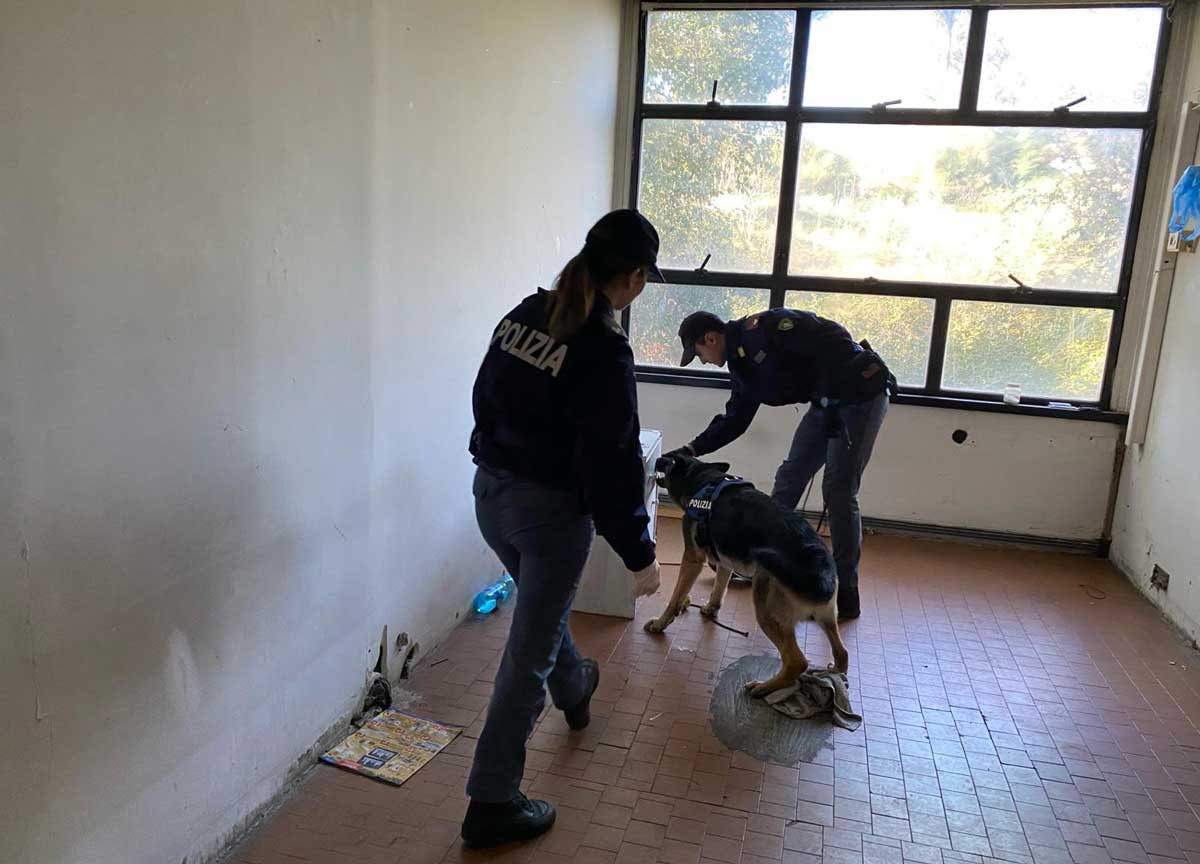In a terraced house in Kangasala, heating in December alone cost 500 euros per inhabitant. About ten percent of all heating was produced with natural gas last year, but only a fraction of this applies to detached houses.
Natural gas prices rose to record highs in Europe in December and have remained high. It directly affects not only the British and Central Europeans, but also the Finns.
Directly with natural gas, heaters are a minority in Finland, but there are also them. A 14-apartment terraced house in Kangasala, Pirkanmaa, belongs to this group.
The change in prices began to show as early as the autumn, says the chairman of the housing association Olli Asp. In November, the heating bill increased from around EUR 2,000 in the previous year to around EUR 5,800, even though energy consumption was almost as high.
“December was quite catastrophic,” Asp says.
In December 2020, heating cost the house about 2,400 euros. The amount rose to approximately EUR 7,200 in December 2021.
This December was colder than before, so energy consumption also increased: from 37.7 megawatt hours to 47.7 megawatt hours. However, it only explains a small part of the price increase.
Heating thus paid residents more than 500 euros per apartment in December.
What makes the situation difficult is that there is little control over the price or gas consumption. Home temperatures cannot be lowered further.
“Of course, it’s awful that this is how much is really going on. After all, it doesn’t sound at all reasonable to people, ”says Asp.
“On the other hand, I understand that the world market is what it is and nothing can be done about it.”
To the townhouse gas enters through Kangasala Heat. The daily price of natural gas is determined on the basis of the European Gas Exchange, in the same way as the price of electricity.
Kangasalan Lämpö cannot affect this price, reminds the company’s CEO Pekka Lehtonen.
“The index has risen from 20 euros last week to 113 euros per megawatt hour in January, and it will have a small margin on it. That is unreasonable. ”
Due to the price increase, the company has not collected part of its transfer prices and has lowered them for this year. According to Olli Asp, it has meant less than five percent of the price of the heating bill. He calls the act a nice gesture.
“In that way, we have tried to meet as much as we can,” says Lehtonen.
Olli Asp says that, fortunately, the terraced houses built in 2008 are not very big energy surges. “In an older housing stock, the situation would be even worse,” he says. In the background rises the barrel of a gas heating boiler.
Energy prices in Europe have risen in general. For many, it is reflected in the bill for electricity or the price of district heating, and the rise in the price of natural gas is part of the same wider phenomenon.
The record was seen in December, when the price of gas delivery rose to almost 170 euros per megawatt hour.
The main reason for this is that no natural gas has been imported from Russia as before. Towards the end of the year, gas flows from Russia to Europe were 22–25 percent lower than in recent years.
At the same time, energy consumption has increased since the pandemic, and nuclear and coal-fired power plants have been run down in Central Europe. In addition, more energy is consumed in winter than in summer.
Prices fell slightly in January, but geopolitical tensions between Russia and Ukraine have kept prices high in February as well.
Read more: Energy prices have skyrocketed in Europe, even though Gazprom has complied with all agreements – it would be really easy for Russia to destabilize Finland and the EU
Read more: The United States and the EU vow to take care of Europe’s natural gas supplies
In Finland about ten percent of all heating was produced with natural gas last year, according to energy company Gasum.
Most of this share consists of district heating production, and only a few Finnish houses heat directly with natural gas.
According to the Finnish Gas Association, in 2019 there were about 4,000 such detached houses and about 1,100 terraced and multi-storey buildings. In addition, about 1,200 service or retail premises and 21 greenhouses were heated with natural gas.
The share of natural gas in electricity production is also small, about six per cent last year.
By comparison, in Germany, for example, 37% of all heating was produced with natural gas in 2019. According to the International Energy Agency (IEA), about two-thirds of the country’s total natural gas consumption went to heating.
What can a single townhouse now do?
Kangasala Lämpö recommended to a neighboring house in the same situation that it could switch to oil heating momentarily, says Asp. It would be cheaper at the moment.
The natural gas boiler would have an oil reserve for emergencies such as gas outages.
“It has been discussed on the company’s board, but there is no sustainable solution either,” says Asp.
The house has not started oil heating for two reasons. First, the oil tank for temporary use is so small that it would mean a truck rally in the yard of a townhouse.
“The climatic reason is, however, that natural gas is a little cleaner, albeit a fossil fuel too.”
A long-term solution would be energy renovation. Asp’s housing company has now been debating whether it should switch to geothermal energy on an accelerated basis.
Kangasalan According to Lämmön Lehtonen, the company primarily recommends switching to district heating, if possible.
Lehtonen emphasizes that Kangasala Lämpö has invested significantly in the district heating pipeline and the Ranta-Koivisto bioheat plant in recent years.
However, Lehtonen also considers oil heating a possible temporary alternative for housing companies.
“In the same way, it is a fossil fuel like natural gas. It has been cheaper. When it comes to price, that is, how to get over the price peak. ”
Multi hopes that prices will start to fall gradually towards the summer. However, there is still winter left, and Olli Asp also knows that.
“Now, of course, there is a growing interest in following futures. Yes, that forecast is a stark read. ”
#Energy #heating #bill #terraced #house #Pirkanmaa #hurt #high #burning #oil #option #discussed #companys #board





